Featured
Improper construction, poor maintenance of drainage, harbinger of flooding in Lagos
Published
3 years agoon
By
Olu Emmanuel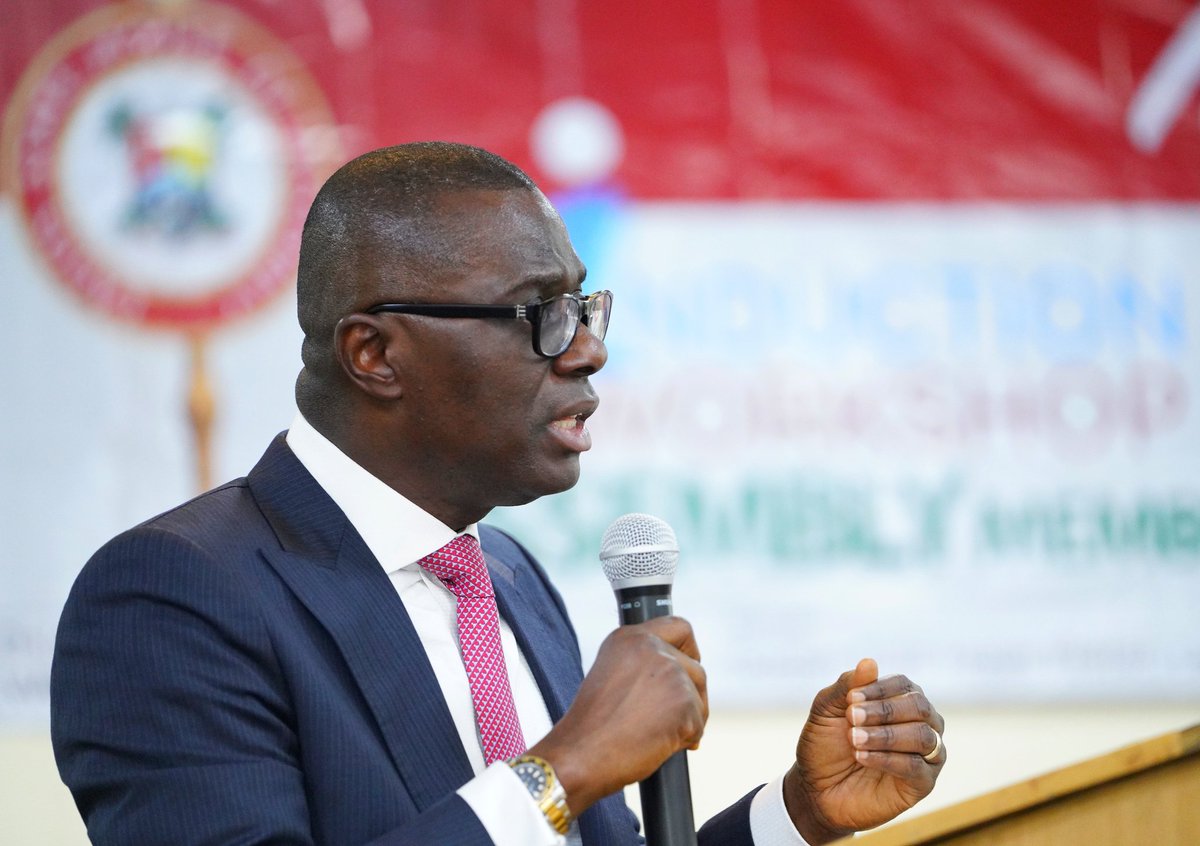
By Sunday Odibashi
Managing various aspects of Lagos State environment, which include sanitation, flooding and drainage system, crime, among others, has been a herculean task for the State Government because of rapid urbanization and the cosmopolitan status of Lagos. Lagos State, besides being an aquatic state on the continental shelf of the Atlantic Ocean, also has a pool of high population, which has multiplier effects on infrastructures and the environment.
The development of a functional drainage system for evacuating surface water after rainfall has not ‘match up’ with the recurrence of flooding in Lagos years after drafting a Master Plan on drainage in the state. The perennial flooding in Lagos State has continued to have devastating effects on the economy and environment of the State.
Investigation by National Daily into the persistence of flooding in Lagos State despite efforts of successive governments to improve the drainage system, revealed that improper construction and poor maintenance of drain channels in several locations across the state, hypothetically, constitute primary obstructions to the flow of surface water during rainfall. Human factors, industrial wastes, emergence of New Towns in the outskirts of the city, etc., were detected to tentatively constitute secondary obstructions and causes of perennial flooding in Lagos State.
In spite of the noble intentions and commitment of the Lagos State Government, flooding has continued to be a recurring Phenomenon in the State; the only exception is for there not to be rainfall in a particular year.
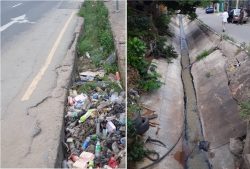
State Interventions
The National Daily investigation identified three structures of drainage system across the state – the primary drainage, evacuation of rainwater from residents to the streets, handled directly by property owners; secondary drainage, draining water off the streets to major roads, handled by local governments, in some instances in collaboration with Community Development Associations (CDAs); and tertiary drainage, draining water off the roads to concentrated destinations like canals or into the lagoon and the Atlantic Ocean, being managed by the state government, in some instances supported by big businesses in industrial estates and international development interventionist or humanitarian agencies. The three structures function optimally in the urban settlements, relatively in the urban periphery and minimally in the hinterlands. In certain locations, particularly, where residential estate exists, CDAs stand in the gap for residents and the local government for drain management in the estate.
The Office of Drainage Services in the Ministry of Environment and Waters Resources is responsible for drain management in Lagos State. While contractors are appointed for construction of drainage channels, the Emergency Flood Abatement Gang (EFAG) in the ministry is assigned the responsibility of maintenance of the drainage system.
The Lagos State Commissioner for Environment and Water Resources, Tunji Bello, at the 2021 Ministerial Press Briefing at Alausa, Ikeja, on the second anniversary of the administration of Governor Babajide Olusola Sanwo-Olu, stated that “Lagos State has moved from the notoriety of a flood ravaged coastal city to one with cleaned, dredged and free flowing drainage channels all year round.”
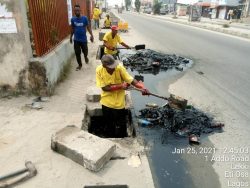
Drainage cleaning
The Commissioner disclosed that contracts have been awarded for construction of new drainage channels in 47 strategic locations, highlighting that work at 12 locations are 100% completed, 17 locations at above 80% and 18 at above 50% completion.
On maintenance and dredging of the Primary Channels Programme, Bello disclosed that a total of 42 Primary Channels cleaning and dredging contracts have been awarded across the state; in addition to clean up of 192 Secondary Collectors drains spread across the 20 Local Government Areas of the State.
The Commissioner further stated that “the EFAG Gang has carried out routine maintenance, cleaning and emergency de-flooding interventions on approximately 307km length of both Tertiary and Secondary Drains all over the State in the last one year.”
The Commissioner also said that 1663 contravening structures were identified in some Local Government monitored for contravention of drainage alignments and setbacks, saying that removal has commenced with about 84% completion.
However, flooding is still observed in several parts of the state even with the highlighted performance of the state government.
Lagos State Drainage Master Plan
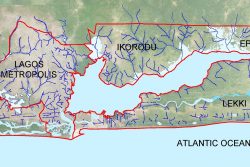
Lagos State Masterplan
The sketch map of the Lagos State Drainage Master Plan identifies both micro and macro drain channels from various locations of the state to coastal locations of Ikorodu, Epe, Lekki, Lagos Island, evacuating water into the Lagoon and the Atlantic Ocean. This is supplemented by several inland canals and ditches.
According to the state government, the Lagos State Ministry of the Environment commissioned a Consultant, Dar, to design the Drainage Master Plan for the State. Dar further developed a Pilot Area Integrated Infrastructure System.
The Lagos State Ministry of Environment in collaboration with DAR identified the storm water drainage problems in Lagos, leading to the development of surface water drainage systems in line with sustainable development and green storm water systems. The government and the Consultant further proposed effective and economic mitigation and prevention measures. A storm water drainage master plan and an environmental policy framework were, therefore, developed.
In the preparation of the framework, the consultant, and the government “conducted site investigations, determined priority areas for drainage works, and prepared an estimate for the cost of the project and the recommended action plan.” They further prepared an integrated infrastructure design and tender documents for a 1 km2 pilot area, providing technical assistance in the process.
The Ministry also provided hands-on support to provide a functional drainage system in Lagos State with the goal to guarantee life that is far less disrupted by floods for residents of the state.
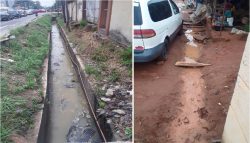
In spite of the noble intentions and commitment of the Lagos State Government, flooding has continued to be a recurring phenomenon annually in the State; the only exception is for there not to be rainfall in a particular year.
In spite of the noble intentions and commitment of the Lagos State Government, flooding has continued to be a recurring phenomenon annually in the State; the only exception is for there not to be rainfall in a particular year.
Field Works
National Daily identified some locations of perennial flooding in the three senatorial districts – Lagos East, Lagos Central and Lagos West – across the 57 local councils in the state. Some of the locations include: Dolphin Estate, Ikoyi; Maroko, Ebute Metta, Sabo Yaba, Oyingbo, Surulere – Ijesha Tedo, Lawanson, Ikate, Itire, Aguda – Orile Iganmu; Agboju Amuwo, Satellite Town, Ijegun, Oluti, Alakija, Ajegunle, Amukoko, Olodi Apapa, Wilmer, Sunrise, Apapa, some parts of Oshodi, Agege, Oko Oba, Mushin, several locations in Alimosho -Gabriel Babalola Street, off Olugbede Street, Egbeda, near Coca Cola depot; Omu-Aran Street and environs, 5th Avenue, Gowon Estate, Gbeleyi Street, Jegede Street, Egbeda; Ramoni Owoyemi Street, Pipeline area of Ejigbo; Jimoh Akinremi Street, off Akowonjo Road; Ikotun, Iju-Ishaga, Ogba, some parts of Ikeja – Alade axis of Allen Roundabout, Awolowo road, Anifowose and its environs, Ipodo, Toyin Street, etc.
Beyond the urban centres and urban periphery, communities in Ogolonto, Labaka and the environs in the precincts of Ikorodu; including Ajangbadi, Iyana, Shibiri, and other rural communities toward Badagry, sometimes abandon certain roads to flood during rainy season. They lack planned drainage system in their environment.
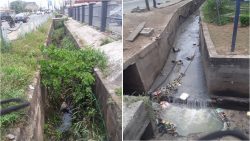
Observations
During the field work, construction of drain channels was noticed to be ongoing at several locations, as well as clearing of drain channels across the state.
During on-the-spot observation of drain channels at different locations in Lagos State, improper construction of drain channels, poor maintenance of most existing drainage facilities, and unrepaired damaged spots were detected.
At several locations, some mega drain channels were constructed on parallel or level floors, not stimulating flowing of collected water, therefore, storing the surface water rather than draining the water to other locations off the channels. Some others that link or connect other drain channels – points of supply or evacuation chain – are wider and deeper in size than the receiving drain channels. Accordingly, the draining of surface water is not only slowed at such points, but large quantities also cannot be evacuated from the supply channel and get stored for hours, days or more. At most locations, such becomes the final destination of the water. Thus, the drain channels constructed to evacuate rain water suddenly become reservoirs for water storage on the roadside. With persistent rain, the drain channel gets filled to capacity and the water overflows into the environment, and then, flooding occurs. This occurs mostly in the urban periphery of the state.
Also, particles that float with the storm water are stocked at such link points, buildup obstacles to the flow of the storm water and degenerate into flooding.
At certain locations, the ditches on the roadside are seldom linked to nearby larger channels for proper drainage, forcing the water to overflow into the roads. This is typical of the Alade axis of Allen Avenue.
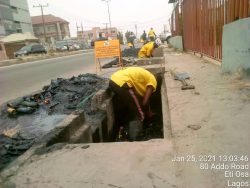
The obstacles from the improper construction of drainage channels, make the human factor functional in drain blockage following irrational dumping of waste, plastic objects, and others.
Secondly, maintenance or cleaning of drainage is not only slow but appears to be a random exercise by the state government. Several drain channels were being abandoned for a long period and have become growing spots for plants and grasses. These were spotted in several parts of Ikeja, Apapa, and other locations.
Most drainage channel abandoned for a long period have also been damaged or broken and left not repaired. The block particles take up good spaces in the drain channels, providing ‘holding points’ for particles floating with the surface water, and constituting blockage or obstruction at such locations.
At several other locations, sand and wastes have taken up over three-quarter space of the drain channel, leaving less than one quarter space for water passage. Water easily overflows the drains into the roads within minutes of rainfall. Several parts of Surulere, Ikeja environs, extending Ogba, Agege, etc., are remarkable for this occurrence.
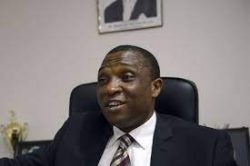
Tunji Bello, Commissioner for Environment
The cumulative effect identified during this investigation is that the malfunctioning of the drain channel at a particular point could cause devastating inconvenience or damages to environments outside the immediate location or community of primary obstruction. The drain obstruction gradually accumulates water within the environment, then, begins to ‘push back’ water from the floating locations, which subsequently degenerates into flooding on the roads, streets, or extending to residential buildings or offices.
The investigation showed that sloppy drainage channels easily evacuate surface water and free the environment from flooding, including prevention of breeding grounds for mosquitoes, and bad smells. Also, sloppy drainage channels roll off particles that float with the water from the channels. It was observed that sloppy drainage appears more durable since they get dried immediately after the rain.
The major source of flooding in Lagos has been rainfall, and this mainly occurs in low lands. Though, Lagos is an aquatic state, it has not encountered flooding from overflow of river banks. Though, exceptional cases were noticed in some communities in Ikorodu where residents build houses at river banks.
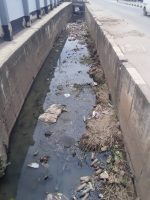
Also, the occasional period of ocean surge where there was overflow from the Atlantic Ocean through the Bar Beach into some parts of Victoria Island, was brought under firm control by former Governor Babatunde Fashola many years back.
At several loc
ations, excavation machines were sighted dredging several canals across the state, ess
entially, in Ifako-Ijaye, Ojodu LCDAs, as well as some parts of Surulere and Ajeromi Ifelodun LGs.
At the time of this report, EFAG operatives were also sighted on duty in several parts of the state, from Opebi in Ikeja, to Surulere and some areas on the Island to safeguard the state for the 2021 rains.
Meanwhile, the Lagos State government has identified residential, or office buildings constructed on drainage channels in some parts of the state, and these, as the Environment Commissioner earlier said, have been marked for demolition.
Other secondary factors include rapid population growth, development of New Towns as a result of rapid urbanization.
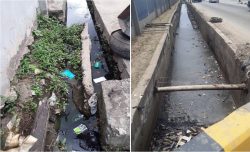
The budget for drain operations and the staff capacity are critical factors requiring the consideration of the state government in improving the drainage system and containing flooding in Lagos State.
The investigation further revealed that businesses and individuals have encountered losses over the years due to perennial flooding in the state.
National Daily had requested for an interview with the Commissioner for En
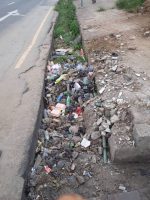
vironment and Waters Resources, Tunji Bello, during this investigation, but the Commissioner sent his word through the Director of Public Affairs two weeks after the request, that he was not available for interview.
Meanwhile, a Lagos State with a functional drainage system and free of flooding is possible but requires proper construction of drain channels, regular maintenance, adequate budget, and higher staff capacity.
The state government may consider the construction and rehabilitation of roads to go alongside construction and repairs of drainage channels. Thus, the government may consider moving the Drainage Section from the Ministry of Environment and Waters Resources to the Ministry of Works for effective service delivery.
You may like


BREAKING: Sanwo-Olu emerges South West Govs’ forum chairman
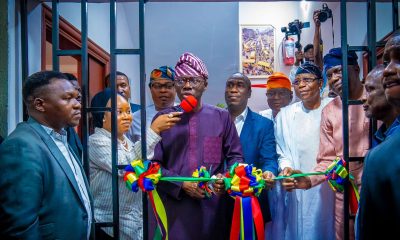

Sanwo-Olu commissions 270 units of two-bedroom flats
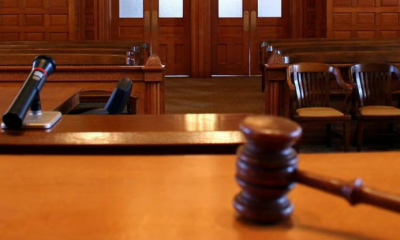

Two men arraigned for stealing N16.5 million flour


Film piracy: Nollywood actor, Femi Adebayo secures N25m verdict


Police clarify report on Primeboy’s re-arrest
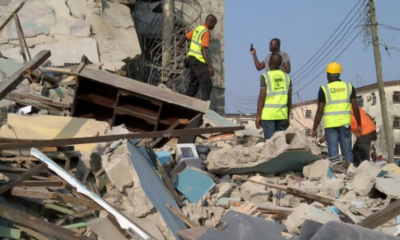

Hike in construction materials may increase building collapse — BCPG
Trending

 Comments and Issues2 days ago
Comments and Issues2 days agoAs Ariwoola takes the judiciary to the top of the grease pole
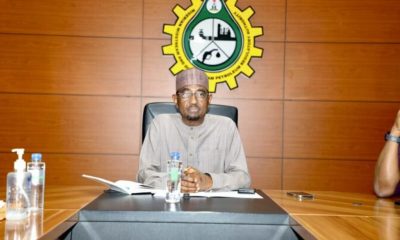
 Business6 days ago
Business6 days agoNMDPRA Chief faces backlash over comment on Dangote Refinery

 Business1 week ago
Business1 week agoGlobal cyber outage disrupts flights, Banks, telecoms, Media
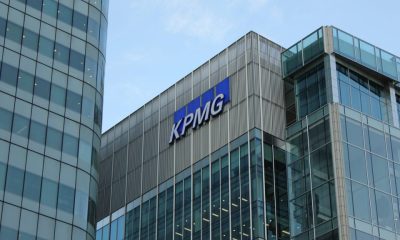
 Business1 week ago
Business1 week agoKPMG criticizes FG’s 50% windfall tax, foresees legal disputes
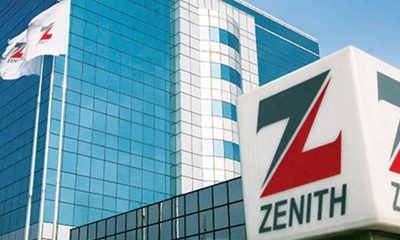
 Business5 days ago
Business5 days agoZenith Bank retains position as Nigeria’s Tier-1 capital leader

 News6 days ago
News6 days agoPhilip Shaibu officially joins APC, dumps PDP

 Education7 days ago
Education7 days agoJAMB reacts to allege age limit by ministry of education

 Comments and Issues5 days ago
Comments and Issues5 days agoOnanuga and the Surprise from Joe Igbokwe




